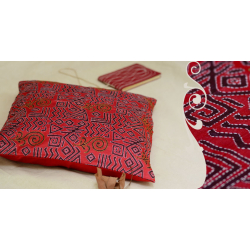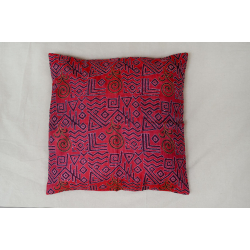- Availability: 9
- Made & Mkt by: Miharu
- Product Code: 4000-MCE5
- Weight: 100.00g
- Dimensions: 40.00cm x 40.00cm x 0.00cm
The typical dispatch time is 2-3 days; however, in special cases, it may take longer. Please refer to the product details section for specific timelines. Once dispatched, we will share the tracking details with you.
For returns, you can file a request within 24 hours of receiving the product. If the package is damaged, please make a video while unboxing and share images of the damaged item along with your return request.
Kantha stitch is nothing but the humble running stitch and it essentially comes from the word Kantha/quilt.
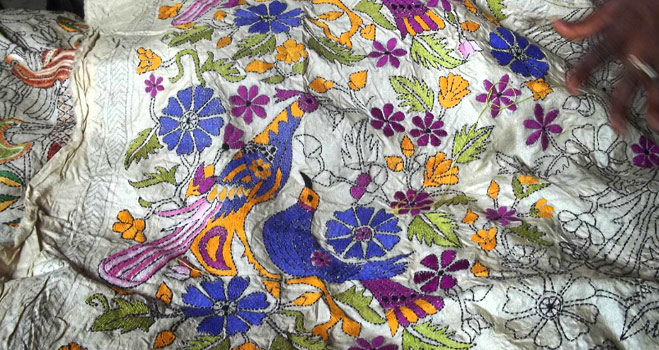
Kantha, Patched, quilted and vividly embroidered textile was made mainly in Bangladesh (earlier known as east Bengal), West Bengal and Bihar out of old saris and dhoti. It’s an art form that has been born out of necessity by woman of the poor economical strata to hand sew pieces of old sarees to make soft quilts to comfort them during cooler times. However, the process grew much beyond that and became decorative with several styles.
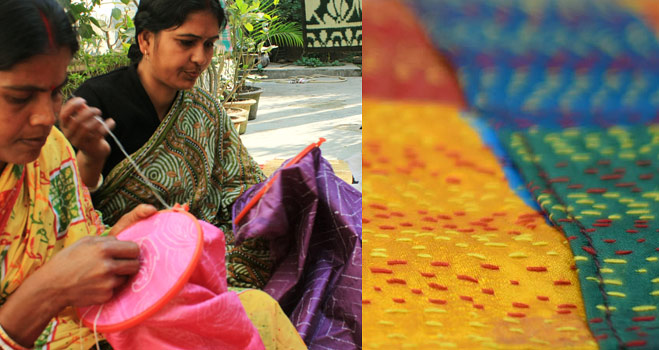
The work of Hindu and Muslim women differed in the kinds of motifs and patterns used. The Muslim women used more geometrical patterns and floral motifs which were executed with fine craftsmanship. On the other hand, the ones that Hindu women made were more pictorial and narrative of their own household and domestic life.
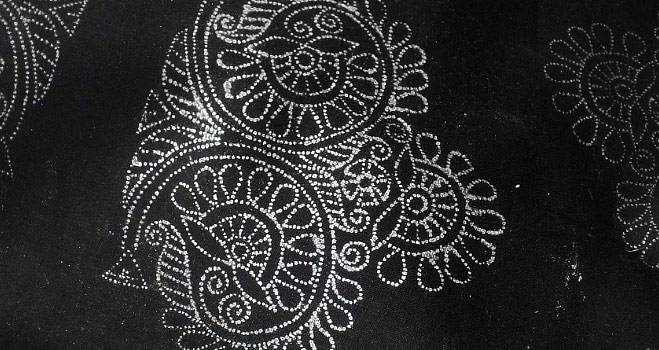
In ancient times, the kantha was entirely made out of re-used cloth, even the threads removed from the fabric to secure the layers of fabrics and they were not intended to be sold. The density and the direction of the running stitches over layers of soft fabrics rendered it a unique tonality and rippled effect.
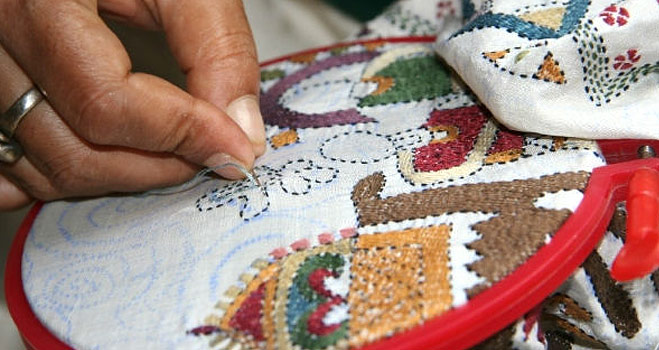
However, today the stitch has been contemporized into many different forms and product types and is being done on new fabrics such as silks and cottons. The typical way of how the practice is still followed by the craft groups in eastern India is that they first trace the pattern on a piece of thick tracing sheet, and then pinning (making perorations along the lines of the design) is done on the tracing paper. After pinning, the image is transferred onto the fabric with Zinc oxide mixed with Kerosene/ or some other solvent. Once the motif is traced, the woman ties it to an embroidery loop. In-between her household chores she fills up the fabric with many minute stitches to put it all together.
| Craftsmen | |
| Made by | Artisans at 'Miharu' |
| Material | |
| Made of | Kantha Cushions on Tussar Silk Fabrics with embroidery work done on it. |
| Restrictions | |
| COD - Option | Not available |

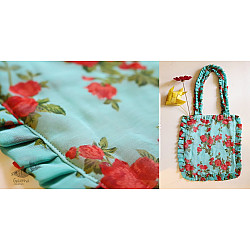
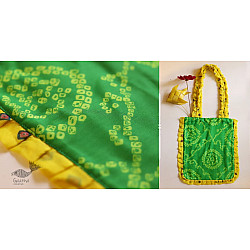
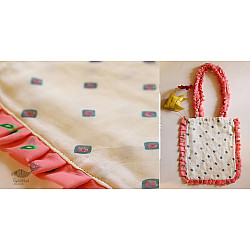
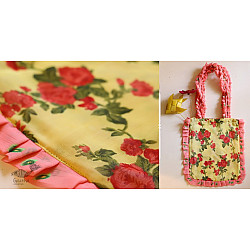
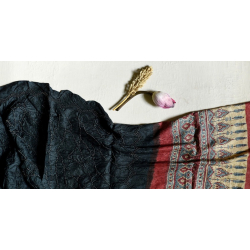
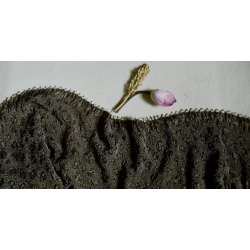
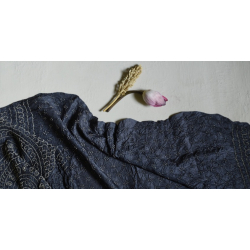
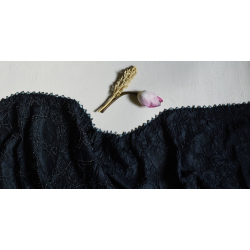







-225x150w.jpg)
-225x150w.jpg)
-225x150w.jpg)
-225x150w.jpg)
-225x150w.jpg)
-225x150w.jpg)
-225x150w.jpg)
-225x150w.jpg)
-225x150w.jpg)
-225x150w.jpg)
-225x150w.jpg)
-225x150w.jpg)
-225x150w.jpg)
-225x150w.jpg)
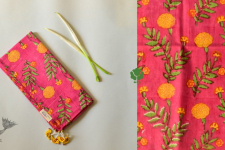
-225x150w.jpg)
/22_11_2023/Padmapriya-Chanderi-Silk-Handwoven-Saree-Rani-Pink-225x150h.jpg)
/22_11_2023/12-chanderi-saree-(1)-225x150w.jpg)
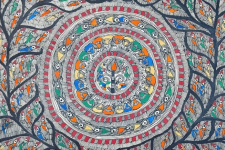
-225x150w.jpg)
-225x150w.jpg)
-225x150w.jpg)
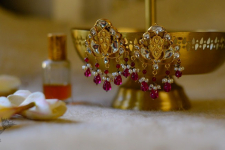
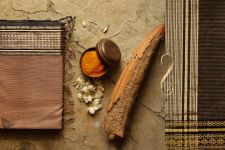
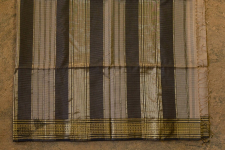
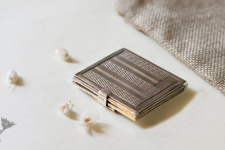
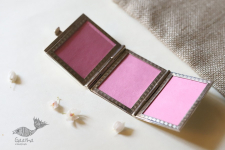









-225x150w.jpg)

-225x150w.jpg)

-225x150w.jpg)
